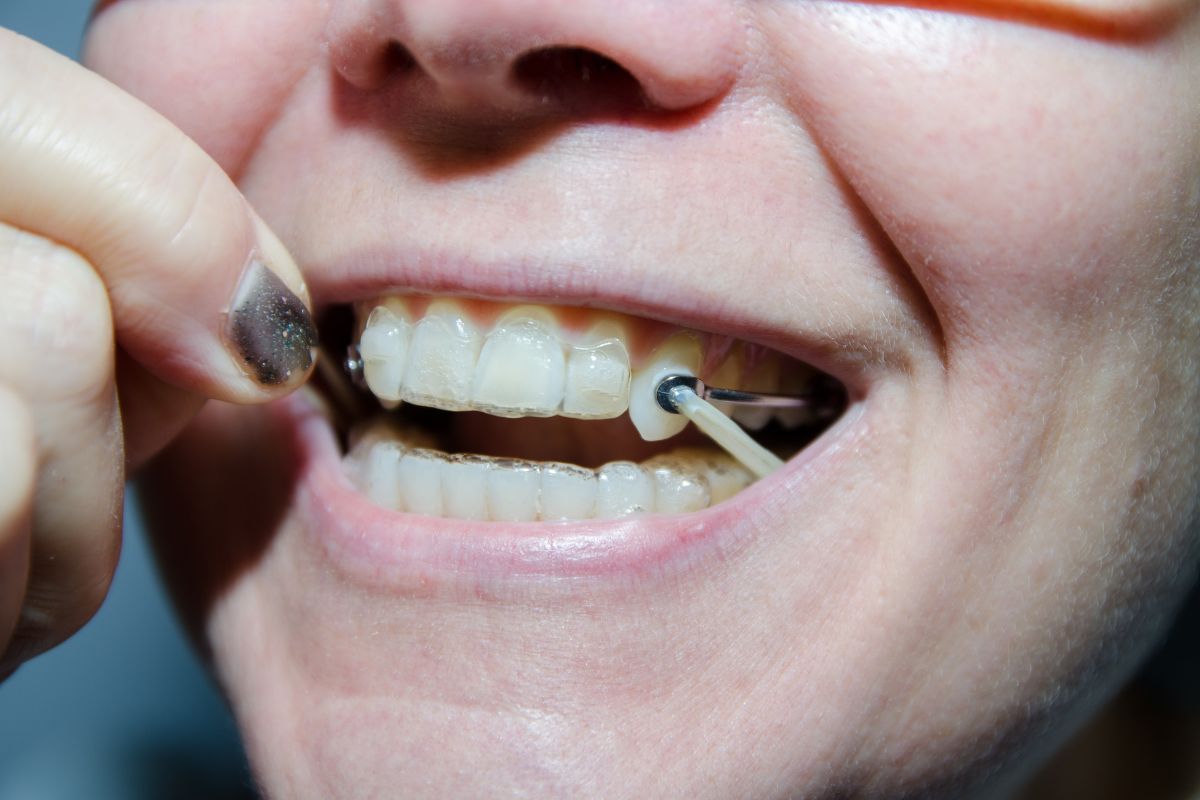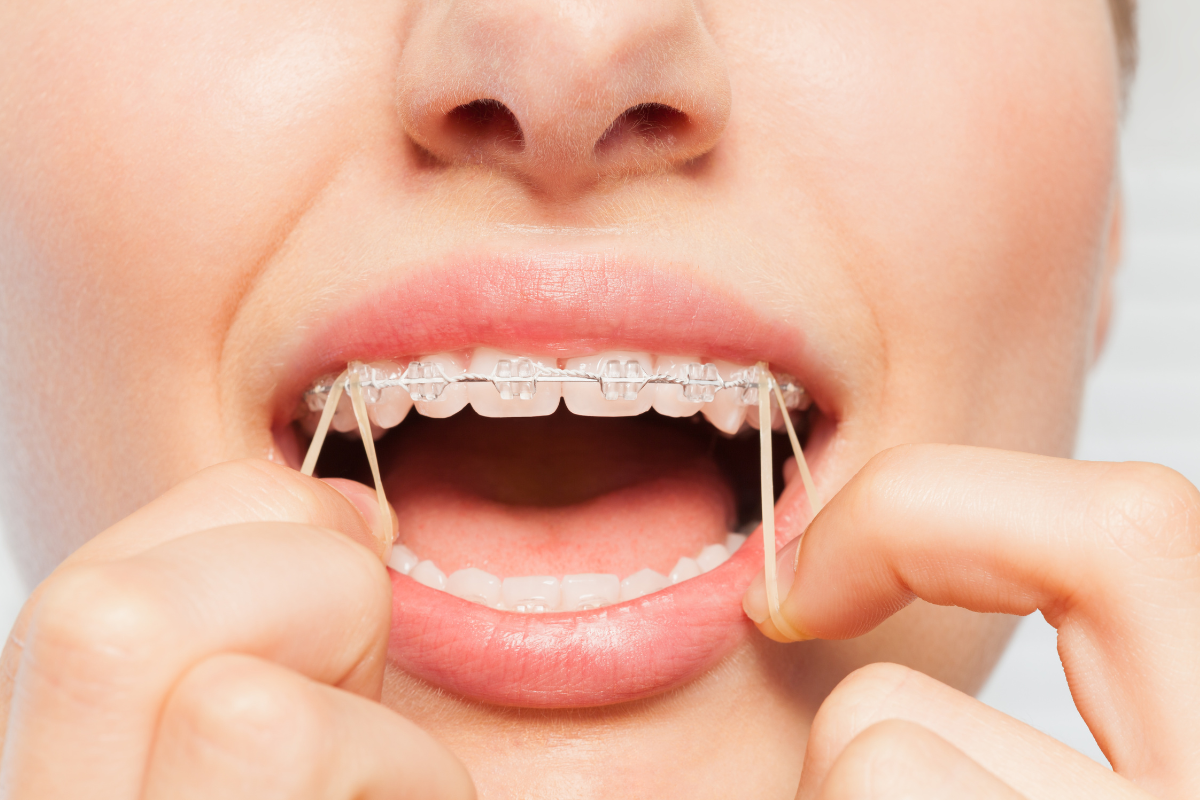

Perhaps the happiest day of treatment for orthodontic patients is the day the braces come off. Patients are happy. Parents are happy. Doctors are happy! Getting your braces off however is more like a “commencement” from high school than a graduation from college. No matter what treatment was provided, no matter how perfectly the teeth were aligned, the day the braces come off is just the start of a life-long need to retain (or hold) the teeth in the best position possible. Lifetime retention should not come as a surprise to anyone as there is nothing else on the human body that does not sag or wrinkle with age. Your teeth are no different.
One of the first questions I hear after I deliver a new retainer is, “How will I know when I need to replace it?” Everyone is different, but here are three clues that it is time to invest in a replacement: 1) your retainer doesn’t fit any more, 2) it is damaged, or 3) it is worn out from normal wear. Let’s look at each reason more closely.
Your retainer must fit correctly on the first day that you receive it. It is naive to believe that it will fit better with time. If your retainer doesn’t fit when you receive it, tell your orthodontist and demand that a replacement be provided. Once you have a retainer that fits, however, it is up to you to wear it as prescribed so that movement will be kept to a minimum. Please understand that there is NO retainer of any kind that will prevent all movement. If you’re using your teeth, they’re going to change. If you get lackadaisical in your retainer wear, your teeth may move so much that your retainer won’t fit right any more. When you get to that point it is time to return to your orthodontist. If he cannot adjust your retainer so that it will fit the new position of your teeth, you will need to buy a new one.
Second, if your retainer is damaged so that it no longer fits or holds your teeth effectively, you will need to have it repaired or replaced. Some examples of things that will damage a retainer include sitting or stepping on it, leaving it out so that your dog can chew it up, or in the case of thermoformed retainers, placing the retainer in water that is too hot. The best way to prevent damage is to store your retainer in its case when it is not in your mouth. A colleague of mine tells his patients “Keep your retainer in your face, in its case, or you will need to replace.”
The final reason you’ll need to replace a retainer is because it is just worn out. This happens with anything that we use on a daily basis. How do contacts look after they’ve been worn every day for a year or two? How do sneakers look when you’ve worn them daily for a year? The length of time a retainer stays in decent shape varies from patient to patient. While most last two to three years, I’ve seen some patients who need to replace theirs every year while others have had theirs for more than 20! Some signs that your retainer is worn out include discoloration, calcium buildup, distortion, solder joints that come apart, and a loose fit even though the retainer has not been damaged. If you go to put your retainer in your mouth one night and you think to yourself, “I am not sticking that gross thing in my mouth again,” it is probably time to invest in a new one.
Recent Posts
-
Inside the World of Orthodontists: Education, Precision, and Transformative Treatments
The Evolution of Orthodontics: A Brief Historical Overview Orthodontics, an integral branch…
-
How Orthodontists Plan a Treatment for a Beautiful Smile
Understanding the Patient's Unique Needs A positive self-image and confidence can result…
-
Unleash Your New Smile! Here's What You Need to Know Before Braces Removal
Are you excited to see your smile transformation? Taking your braces off…
-
Traits That a Good Orthodontist Should Have
Choosing an orthodontist is half your smile transformation journey. That’s why in…
-
How Braces Can Help Fix an Asymmetrical Jawline
An asymmetrical jawline can cause concern for many individuals, affecting their appearance…
-
Can Cavities Be Reversed?
Cavities are among the most common dental issues people of all ages…
-
What to Prepare During Your First Braces Appointment
Are you about to embark on your journey to a beautiful smile…
-
Taking Care of Baby Teeth: A Comprehensive Guide for Parents
Caring for our children's health is one of our most crucial responsibilities…
-
What are Brace Elastics?
If you or someone you know is undergoing orthodontic treatment with braces,…
-
Difference Between an Overjet and Overbite: A Comprehensive Guide
Two orthodontic terms that often confuse our patients are "overjet" and "overbite."…







 Instagram
Instagram
